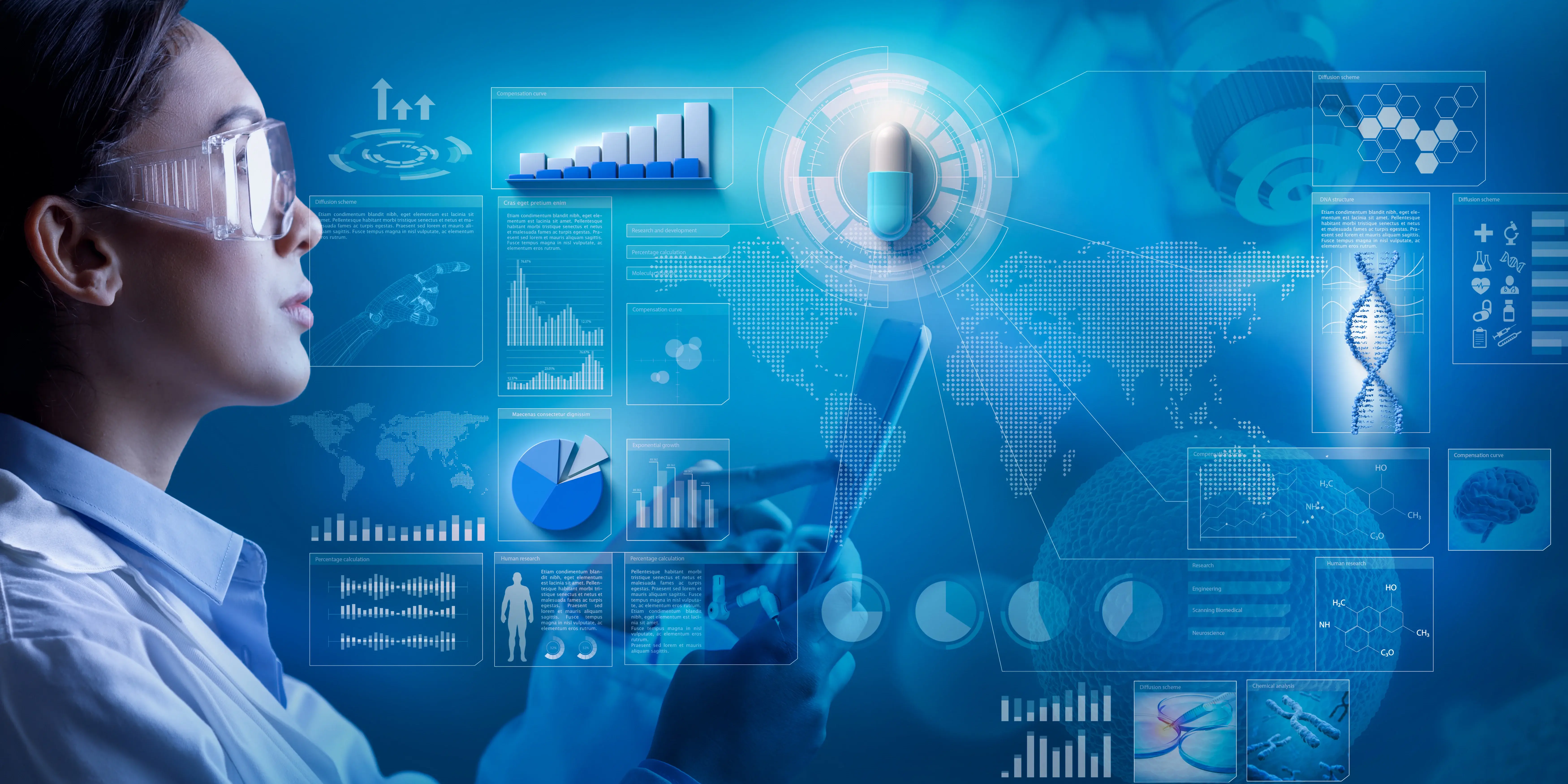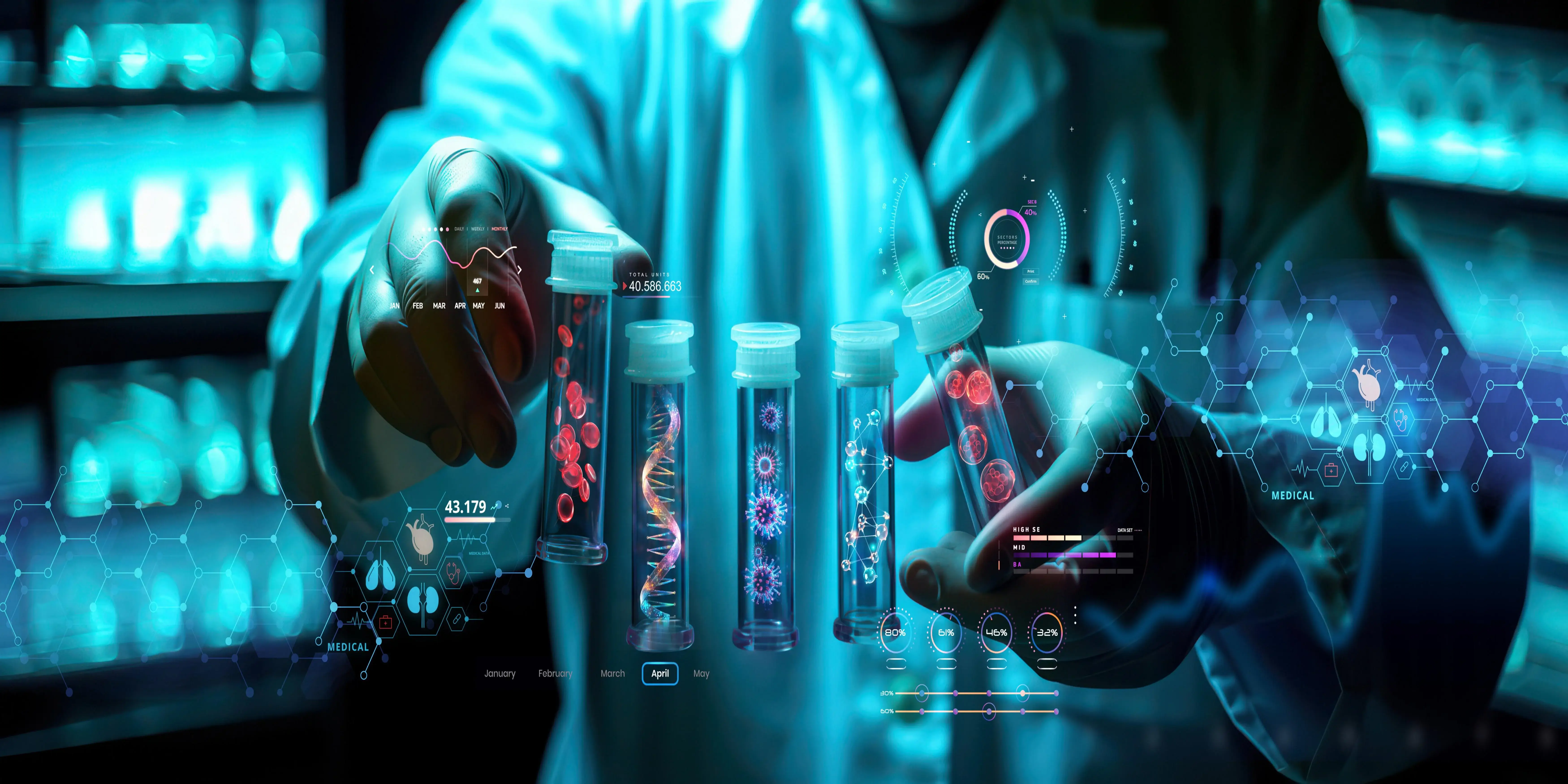Specimen collection is one of the basic procedures used in a clinical and laboratory setting. It acts as the basis on which proper diagnoses are acquired and patients are treated with maximum efficiency. The knowledge of many techniques and guidelines associated with specimen procurement may significantly enhance the quality of test results. This paper discusses the importance of proper specimen collection, techniques used, problems encountered, and practice recommendations for clinicians.
Importance of Specimen Collection
Clinical Relevance
It is in the quality of the material obtained that usually determines how good a diagnosis is made during medical procedures. Most care will rely on following established guidelines because improper or faulty collection might lead to delayed care, wrong diagnosis, or ineffective therapy.
Research and Development
There is a need for quality samples in research settings: understanding the causes of disease and developing new treatments. Suitable specimen collection for correct research results is of utmost importance for repetitions.
Regulatory Compliance
Specimen collection processes, therefore, should be subjected to certain regulatory requirements that ensure patient safety and the integrity of results obtained from tests. Healthcare facilities have to comply with the rules and regulations of groups such as the Clinical and Laboratory Standards Institute.
Blood Samples
The most common specimen collected for testing in labs is blood. Different procedures would be required including the procedure, capillary puncture, and artery puncture, each with its own specific requirements if different assays were used.
Urine specimens
Urine collection can be done for several investigations, including culture and microscopy. Different types of collections - timed, random, and 24-hour collections - have different diagnostic functions.
Tissue and Biopsy Specimens
Biopsies are very commonly taken in tissue specimens that form the most important means of diagnosis in many diseases and cancers. These specimens must be collected and preserved properly so that they remain viable for histological assessment.
Blood Collection Techniques
Drawing blood, often with sterile needles and vacuum-sealed tubes, is the most common method of venipuncture. Careful site selection, skin antisepsis, and handling are required to minimize contamination and ensure ideal specimen integrity.
Quicker Time-to-Market
Urine Collection Techniques
For urine specimens, a clean-catch midstream collection is often recommended to minimize contamination. Patients should be instructed on proper hygiene techniques prior to collection to ensure reliable test results.
Urine Collection Techniques
For urine specimens, a clean-catch midstream collection may be the preferred method to minimize contamination. Patients should also be advised on how to hygienically collect their specimens so that test results are valid.
Challenges and Risks of Using CROs
Challenges in Specimen Collection/b>
Patient Factors
More importantly, the quality of the specimens obtained could be compromised by the differences in the physiological status of the patient, like hydration or pretreatment. However, patient cooperation is a crucial aspect to ensure that pre-collection instructions are followed.
Environmental Factors
Transport and collection environments might compromise the specimen integrity. While transporting, delays in the transportation process, high changes in temperatures, and exposure to light prove harmful for some types of specimens.
Technical Errors
Human mistakes in sample collection, such as labeling, aseptic techniques, or failure to strictly follow guidelines in handling the sample, may contaminate samples and lead to faulty test results.
Conclusion
In essence, specimen collection is an integral part of healthcare because of the need for attention to detail, strict adherence to protocol and continuous development. If practitioners are made aware of the types of specimens, trained in specimen collection techniques, and enabled to solve problems associated with specimens, they will be better positioned to provide more accurate laboratory results. In this regard, this goes on to encourage effective patient care and elevates the quality of care professionally.



